From scaling reptile enclosures to measuring precise cricket portions, the life of an exotic pet owner is anything but ordinary. While traditional pets like cats and dogs have well-established care routines, exotic pet ownership introduces unique responsibilities that transform daily life into an adventure of specialized knowledge and dedicated care. These animals—whether scaly, feathered, or sporting eight legs—require environments and attention tailored to their evolutionary needs, creating daily routines that might seem unusual to the uninitiated but become second nature to passionate exotic pet enthusiasts. This article explores the fascinating day-to-day reality of caring for animals that bring a slice of the wild into domestic settings.
Morning Temperature and Environment Checks

For exotic pet owners, the day typically begins before their own morning coffee, with a crucial assessment of their animals’ environmental conditions. Reptile enthusiasts reach for their thermometers and hygrometers, checking that overnight temperatures remained within safe parameters and humidity levels are appropriate for species-specific needs. Proper gradient temperatures are essential for reptiles like bearded dragons, which require cooler sleeping temperatures and warmer basking spots to regulate their metabolism. Morning might also include adjusting UVB lighting schedules, repositioning heat lamps, or adding moisture to habitats—interventions that directly impact their animals’ health and well-being. These environmental checks aren’t casual preferences but life-sustaining necessities, as even small variations can stress exotic animals whose bodies have evolved for specific ecological niches.
Specialized Feeding Protocols
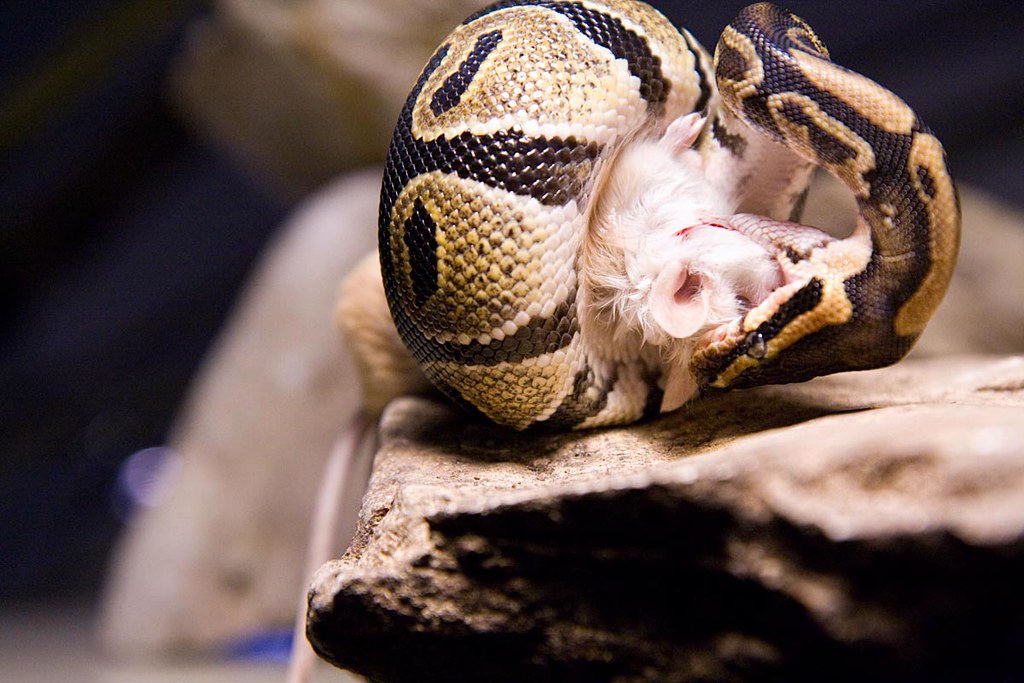
Unlike filling a dog bowl with kibble, feeding exotic pets often involves complex preparation and precise timing. Owners may find themselves thawing frozen rodents for snakes, culturing fruit fly colonies for poison dart frogs, or harvesting fresh leaves for herbivorous reptiles. Many exotic animals require live food sources that must themselves be properly “gut-loaded” with nutrients before becoming prey, creating an entire secondary care routine just for feeder insects. The feeding schedule might be daily for some species, while others—like certain snakes—may eat only weekly or even monthly, requiring careful tracking systems to ensure proper nutrition. For species like sugar gliders or exotic birds, owners prepare fresh food combinations daily, often including precise nutritional supplements to prevent deficiencies that can quickly become life-threatening in specialized species.
Habitat Maintenance and Cleaning

Maintaining pristine habitats becomes a significant portion of the exotic pet owner’s routine, with specialized cleaning protocols that respect both animal welfare and human health. Daily spot-cleaning might involve removing uneaten food, feces, or shed skin from enclosures before these items can decompose and create unhealthy conditions. Depending on the species, substrate may need regular turning, replacing, or special treatment—such as spot-cleaning reptile bioactive setups while preserving beneficial microorganisms. Water features require particular attention, with aquatic habitats for turtles or amphibians needing frequent water changes and filtration maintenance to prevent dangerous bacterial growth. Many exotic pet owners develop detailed cleaning schedules that rotate deeper cleaning tasks throughout the week, creating sustainable routines that maintain habitat health without unduly stressing their sensitive animals.
Behavioral Enrichment Activities
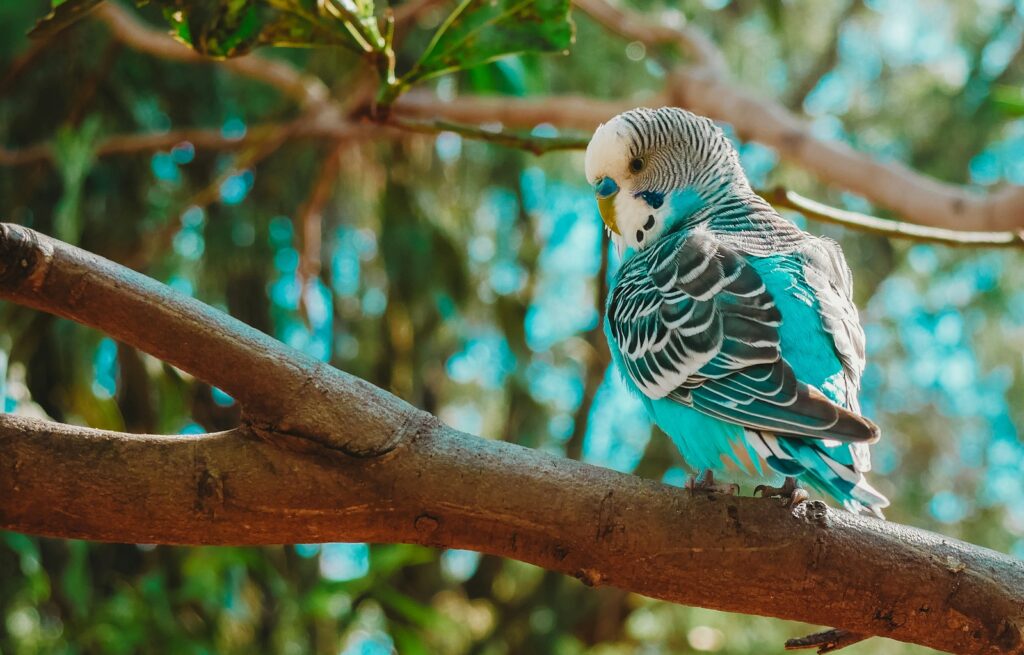
Contrary to popular belief, many exotic pets require significant mental stimulation to maintain psychological health, making enrichment activities a crucial part of the daily routine. Owners might rotate climbing structures for arboreal species, introduce novel scents for animals with keen olfactory senses, or create foraging opportunities that mimic natural hunting behaviors. For highly intelligent species like parrots or corvids, owners often schedule multiple daily training sessions that provide mental challenges and reinforce desired behaviors through positive reinforcement techniques. Even seemingly simple species like reptiles benefit from environmental variety, with owners rearranging habitat features or introducing seasonal changes that prevent the stress of monotony. These enrichment activities aren’t luxuries but necessities that prevent destructive behaviors, depression, and health issues that can develop when exotic animals lack appropriate stimulation.
Health Monitoring and Record Keeping
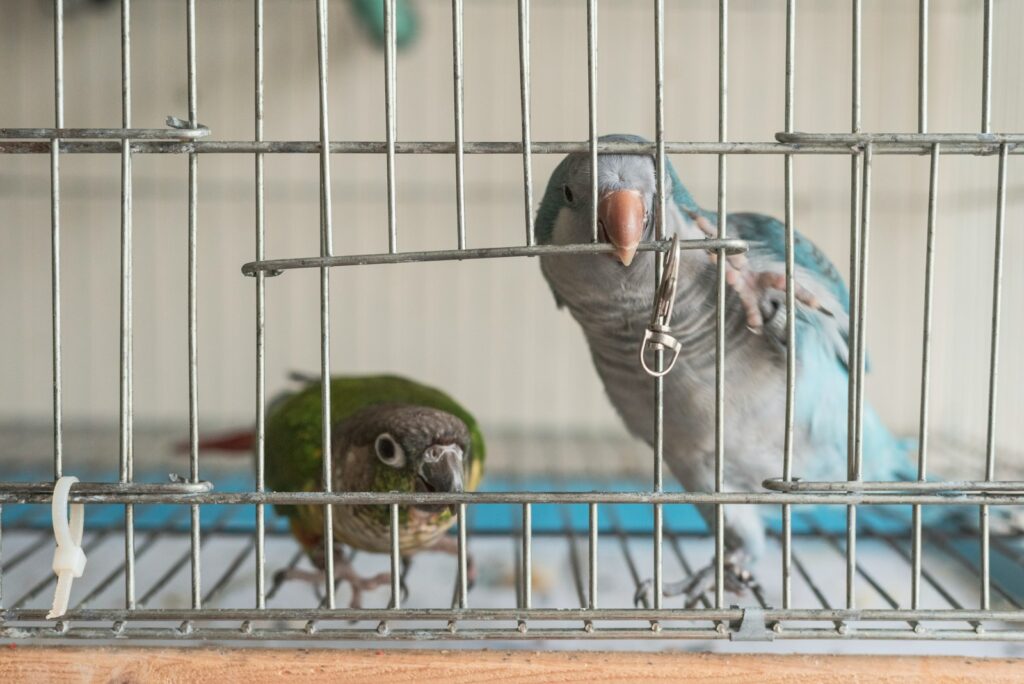
Vigilant health observation becomes second nature to exotic pet owners, who develop keen eyes for subtle changes that might indicate developing problems. Daily routines include visual inspections for normal behavior, proper eating, regular elimination, and physical signs of health like clear eyes, intact skin, and normal breathing patterns. Many owners maintain detailed journals documenting weight measurements, feeding responses, shedding cycles, and breeding behaviors that create valuable baseline data for identifying concerning changes. These records become particularly valuable during veterinary visits, as many veterinarians have limited experience with exotic species and benefit greatly from detailed owner observations. The morning and evening routines often include weighing food portions, measuring water consumption, or photographing animals to document their condition, creating a comprehensive health monitoring system that compensates for these animals’ instinctive tendency to hide illness until advanced stages.
Managing Multiple Climate Zones
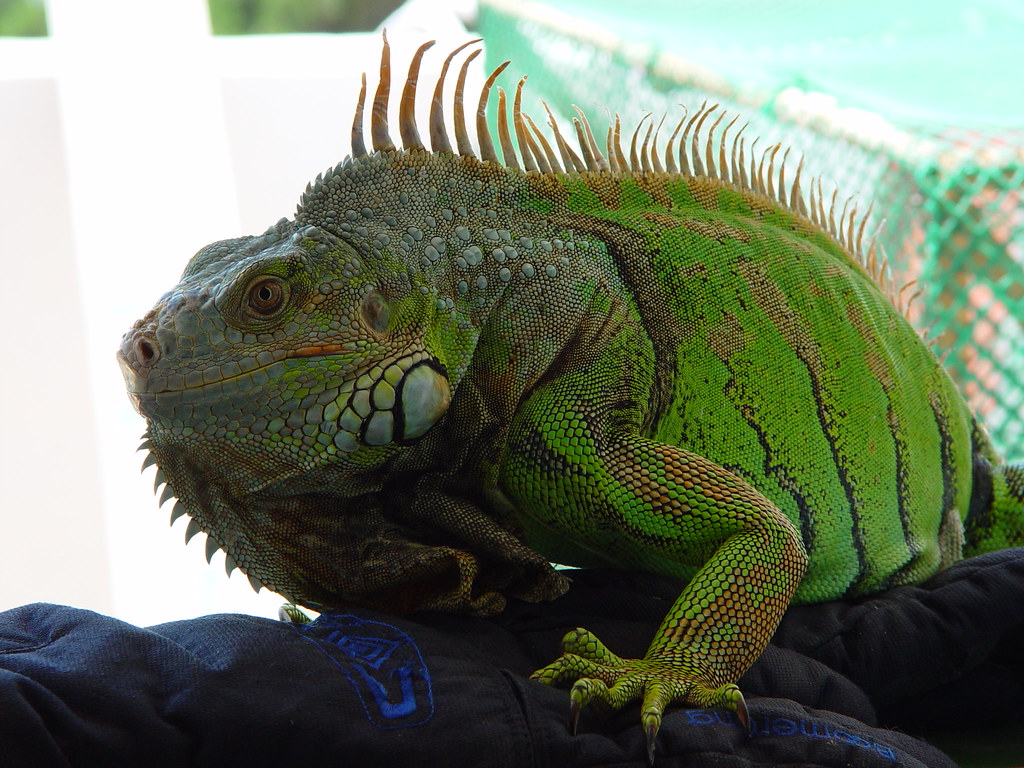
The exotic pet owner’s home often resembles a miniature zoo with multiple microclimates carefully maintained for different species’ requirements. Morning checks might include adjusting humidity systems for tropical species, ensuring desert habitats remain appropriately dry, and confirming that temperature gradients allow for proper thermoregulation. Many owners invest in sophisticated equipment like programmable thermostats, misting systems, and backup power supplies to maintain these critical environmental parameters consistently. The daily routine often includes monitoring weather patterns that might affect indoor conditions, making seasonal adjustments to heating and cooling systems, and troubleshooting equipment to prevent potentially catastrophic failures. These climate management tasks extend beyond the enclosures themselves to include the ambient home environment, with many exotic pet owners adjusting their personal comfort preferences to better accommodate their animals’ biological needs.
Veterinary Coordination and Preventative Care
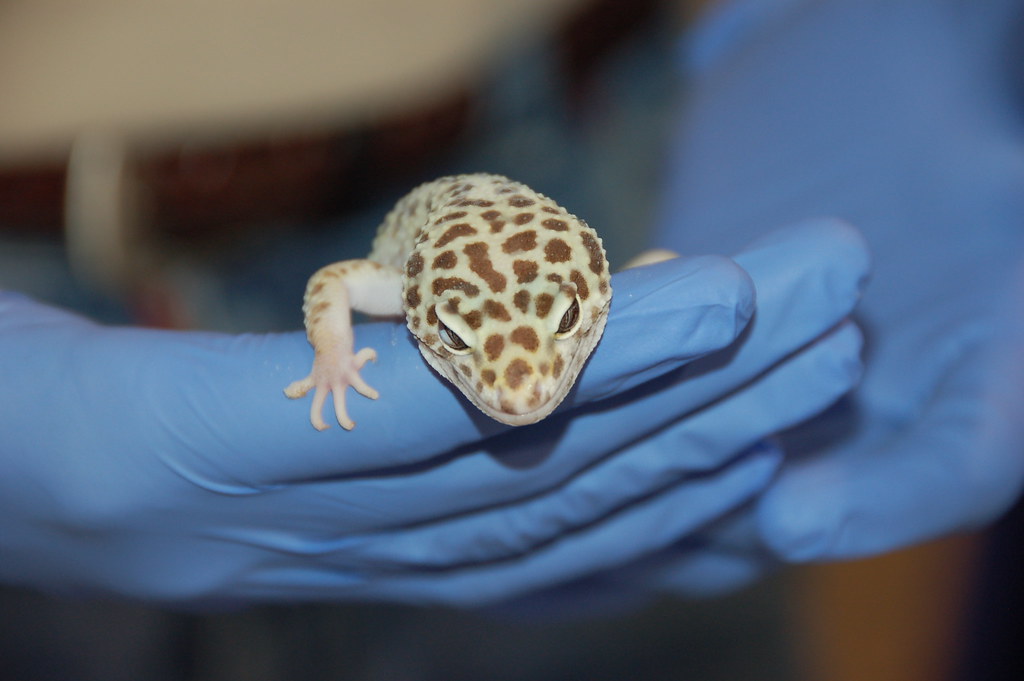
Finding and maintaining relationships with qualified exotic veterinarians becomes an ongoing project for owners of uncommon pets. Daily routines might include administering prescribed medications, performing physical therapy exercises for injured animals, or implementing preventative healthcare measures like parasite treatments. Many exotic pet owners schedule regular telemedicine check-ins with specialists who may practice hundreds of miles away, requiring careful documentation and communication of observations. The morning routine often includes checking calendar reminders for upcoming annual examinations, vaccination schedules, or preventative testing that requires advance planning. For species with limited veterinary research, owners frequently participate in online communities where they share observations and experiences, creating informal networks of knowledge that supplement professional veterinary care.
Social Interaction and Handling
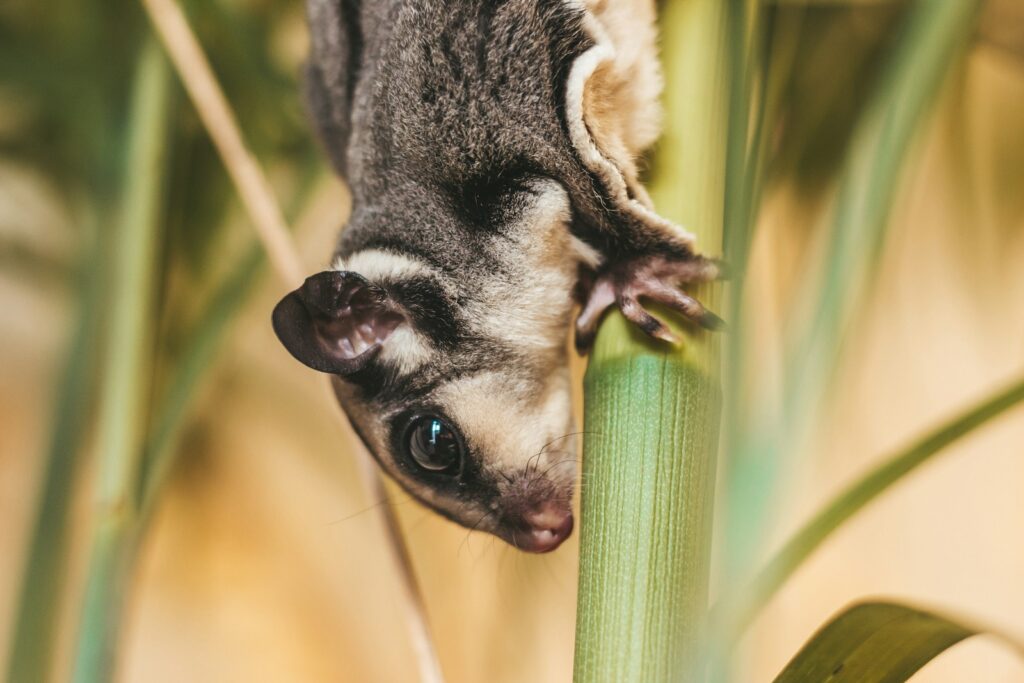
While not all exotic pets seek human interaction, many species benefit from appropriate socialization that must be incorporated into the daily schedule. Owners of social species like sugar gliders or certain parrot species might schedule multiple daily interaction periods to prevent loneliness and behavioral problems. Even for less social species, regular handling sessions help maintain tameness and allow for important health inspections that would otherwise be difficult to perform. These handling sessions are carefully timed around species-specific activity periods, with nocturnal animals receiving attention during their active evening hours rather than disturbing their daytime rest. The routine might include specific handling protocols—wearing gloves for certain arachnids, using proper support techniques for reptiles, or implementing targeting behaviors for birds—that respect both animal welfare and owner safety.
Food Cultivation and Preparation
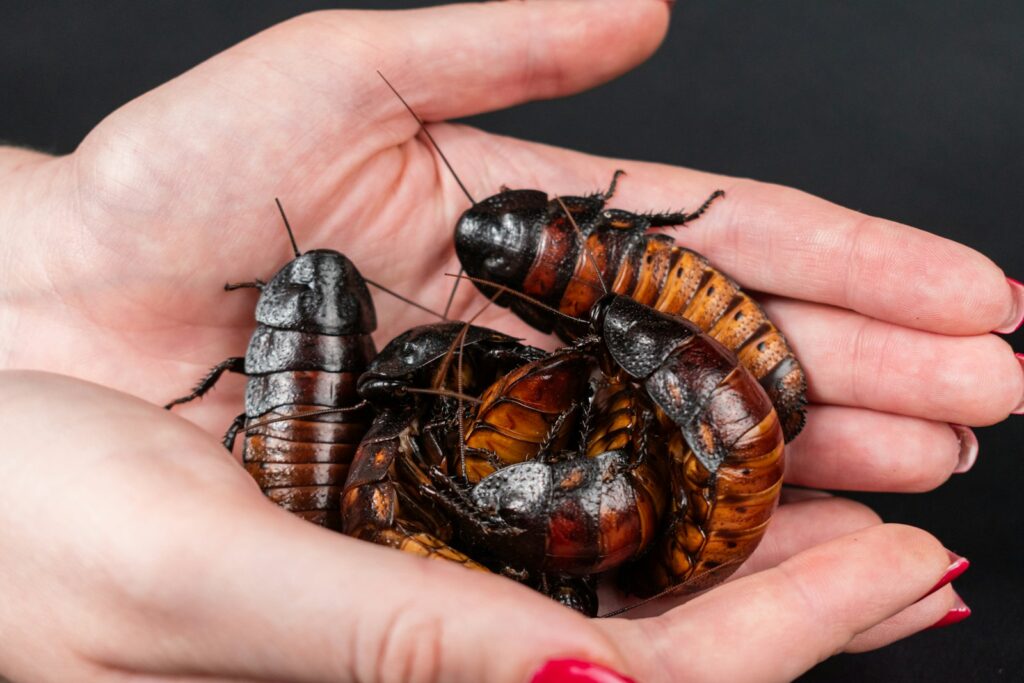
Many exotic pet owners become amateur farmers, dedicating significant time to cultivating live food sources that meet their animals’ nutritional needs. The daily routine might include harvesting dubia roaches from breeding colonies, culturing flightless fruit flies for dart frogs, or tending to microgreens for herbivorous species. Food preparation often requires specialized equipment like herb choppers, nutrition powder measures, or precision scales to create properly balanced diets. For insectivorous species, the morning might include “gut-loading” feeder insects with high-quality nutrients that will transfer to the pet upon consumption, a process that begins 24-48 hours before the actual feeding. Weekend routines often include bulk food preparation sessions where owners prepare and freeze appropriate portions, ensuring nutrition remains consistent even during busy weekdays.
Seasonal Adjustments and Cycle Management
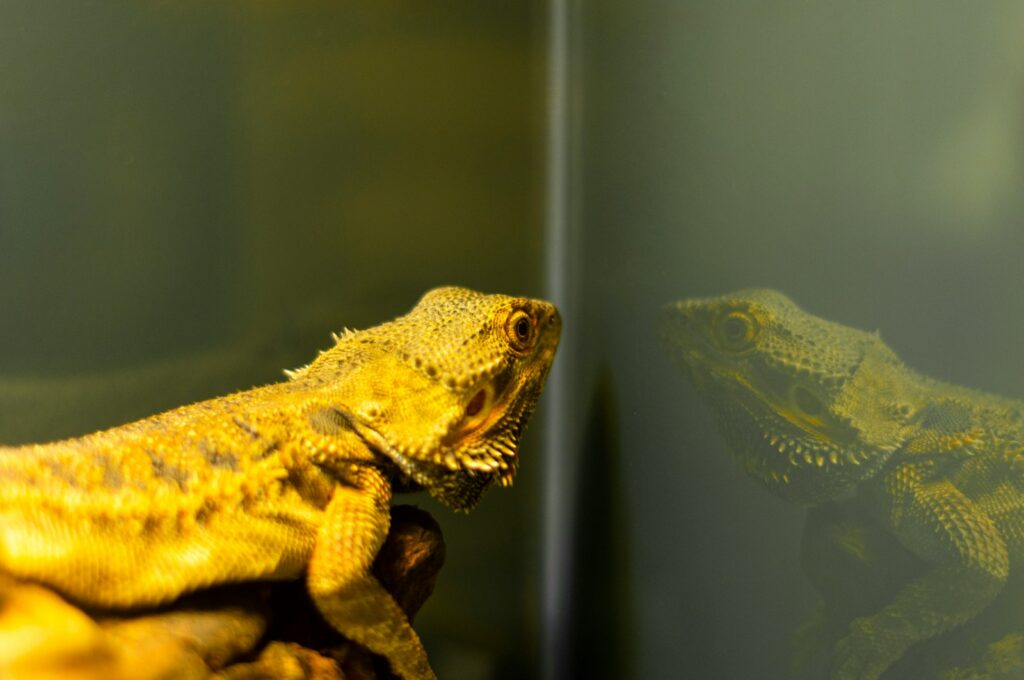
Unlike domestic animals that have largely adapted to human schedules, many exotic pets retain strong biological connections to seasonal cycles that owners must accommodate. Daily routines shift throughout the year, with adjustments to lighting duration to mimic natural day length changes that trigger important breeding or hibernation behaviors. Owners may implement brumation protocols for certain reptiles, requiring careful temperature reductions and feeding changes during winter months. The routine might include seasonal diet variations that reflect natural food availability cycles, with more protein offered during breeding seasons or different plant varieties introduced as they would become available in natural habitats. These seasonal management tasks require careful planning and gradual implementation, with daily adjustments so subtle that the animals perceive them as natural environmental shifts rather than abrupt changes.
Emergency Preparedness Maintenance
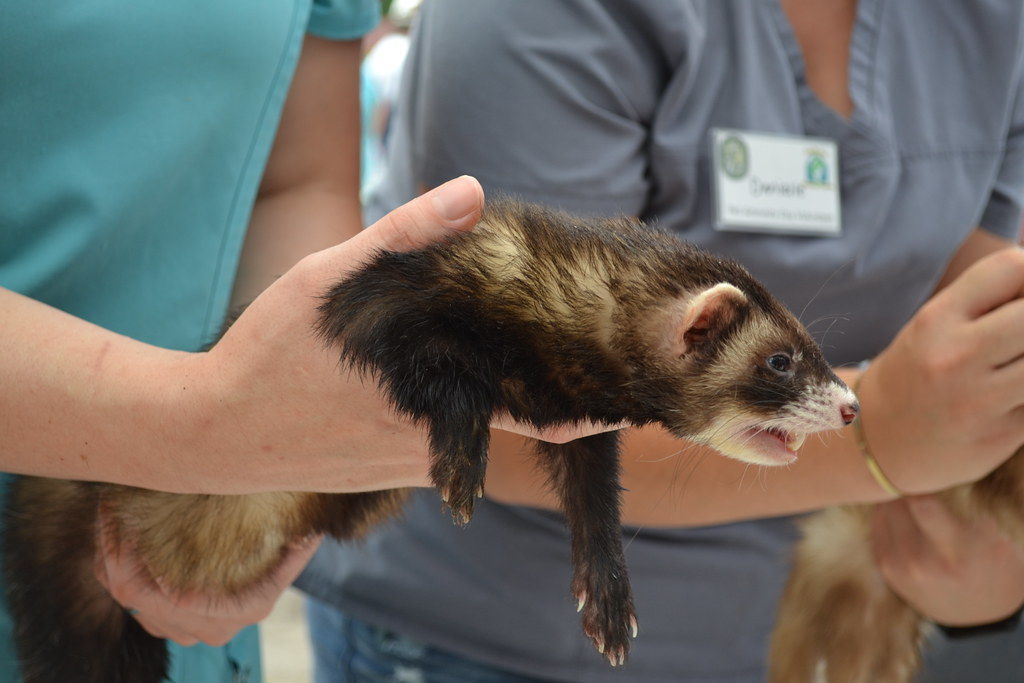
Exotic pet ownership requires constant readiness for emergencies that might affect highly specialized animals with limited tolerance for environmental disruptions. Daily routines include checking backup power systems, confirming emergency heat sources are functional, and ensuring transportation containers remain ready for evacuations. Many owners rotate emergency water supplies, maintain extra food reserves, and regularly test battery-operated equipment that could sustain life during power outages. The morning checks might include confirming that emergency contact information for specialized veterinarians remains current and accessible to household members who might need to act in the owner’s absence. These preparedness routines extend beyond the animals themselves to include maintaining relationships with other exotic pet owners who could provide temporary housing during emergencies, creating mutual aid networks that can respond to unexpected situations.
Community Education and Advocacy
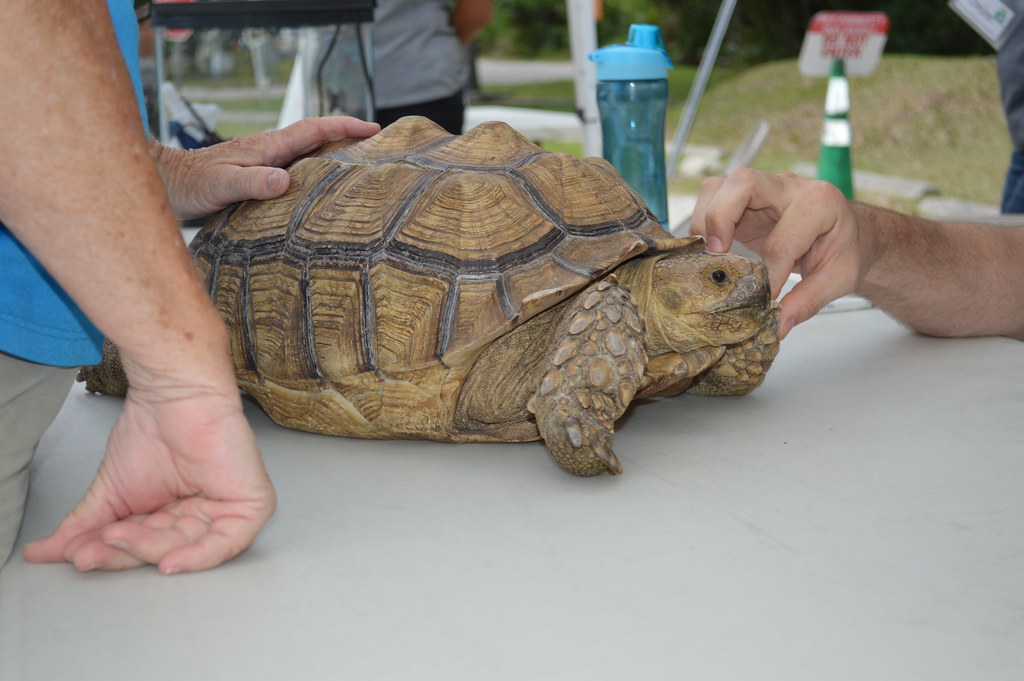
Many exotic pet owners incorporate educational activities into their routines, recognizing their role as ambassadors for species that are often misunderstood. Daily schedules might include responding to online forum questions, creating educational social media content, or preparing for educational presentations at schools or nature centers. Responsible owners stay current on changing regulations affecting exotic pet ownership, participating in advocacy efforts that promote both animal welfare and reasonable ownership rights. Evening routines often include research time dedicated to expanding species knowledge, with many owners maintaining extensive libraries of scientific literature and participating in citizen science projects that contribute to understanding of their animals. These community engagement activities not only benefit the broader exotic pet community but often deepen the owner’s own knowledge and appreciation of their unique animal companions.
Personal Adaptation and Lifestyle Integration
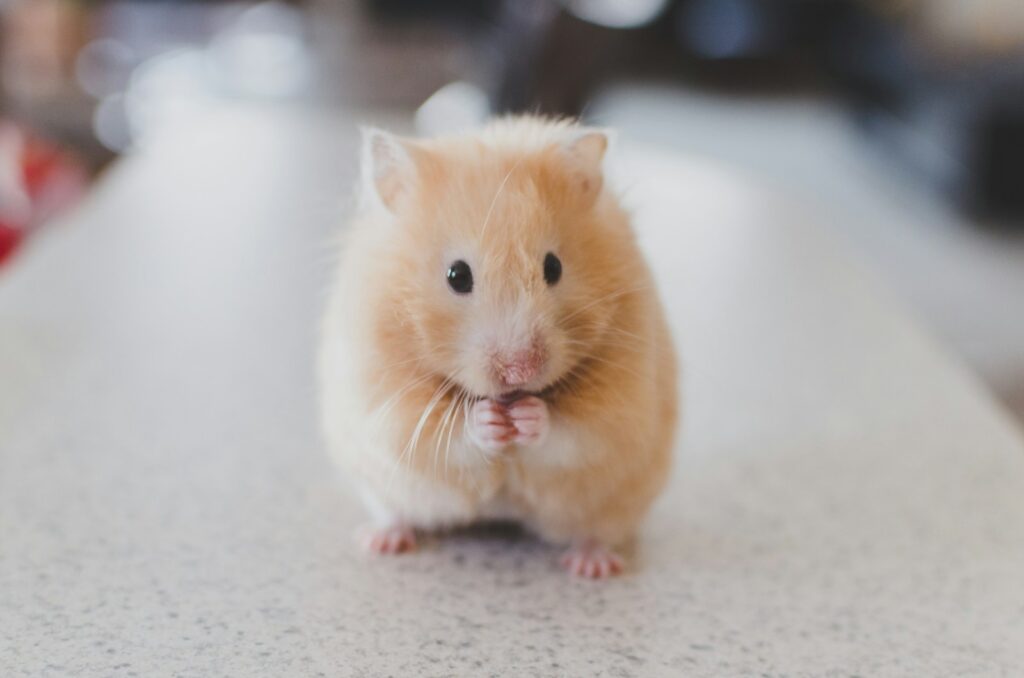
Perhaps the most significant aspect of the exotic pet owner’s routine is how thoroughly it transforms personal habits and household organization. Vacation planning revolves around finding qualified pet sitters with specialized knowledge, often requiring months of advance preparation and training. Home maintenance decisions—from selecting cleaning products to choosing heating systems—prioritize animal safety over convenience or cost considerations. The daily schedule becomes structured around critical care times, with many owners adjusting work schedules, social commitments, and even sleep patterns to accommodate their animals’ needs. Despite these adjustments, dedicated exotic pet owners typically develop efficient systems that integrate care tasks into natural daily rhythms, creating sustainable routines that enhance rather than diminish their connection to these fascinating animals that bring the wonders of biodiversity into their homes.
Conclusion
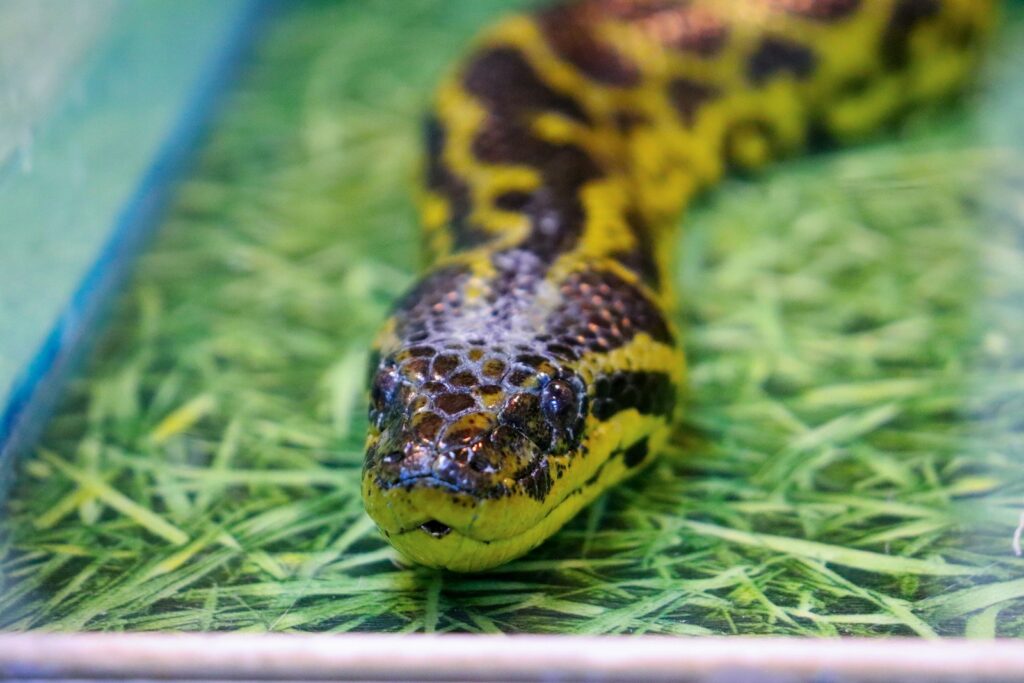
The daily routine of an exotic pet owner represents a remarkable blend of scientific knowledge, careful observation, and compassionate care. Far from casual pet keeping, this lifestyle requires commitment to ongoing education, meticulous attention to detail, and willingness to adapt personal habits to meet the needs of animals that evolved for environments far different from human homes. While undeniably demanding, most exotic pet enthusiasts find profound satisfaction in mastering the complex care requirements of their unusual companions, developing deep appreciation for the remarkable adaptations these animals represent. The daily routines they establish not only sustain their pets’ physical health but create enriching relationships based on understanding and respect for the unique nature of each species.


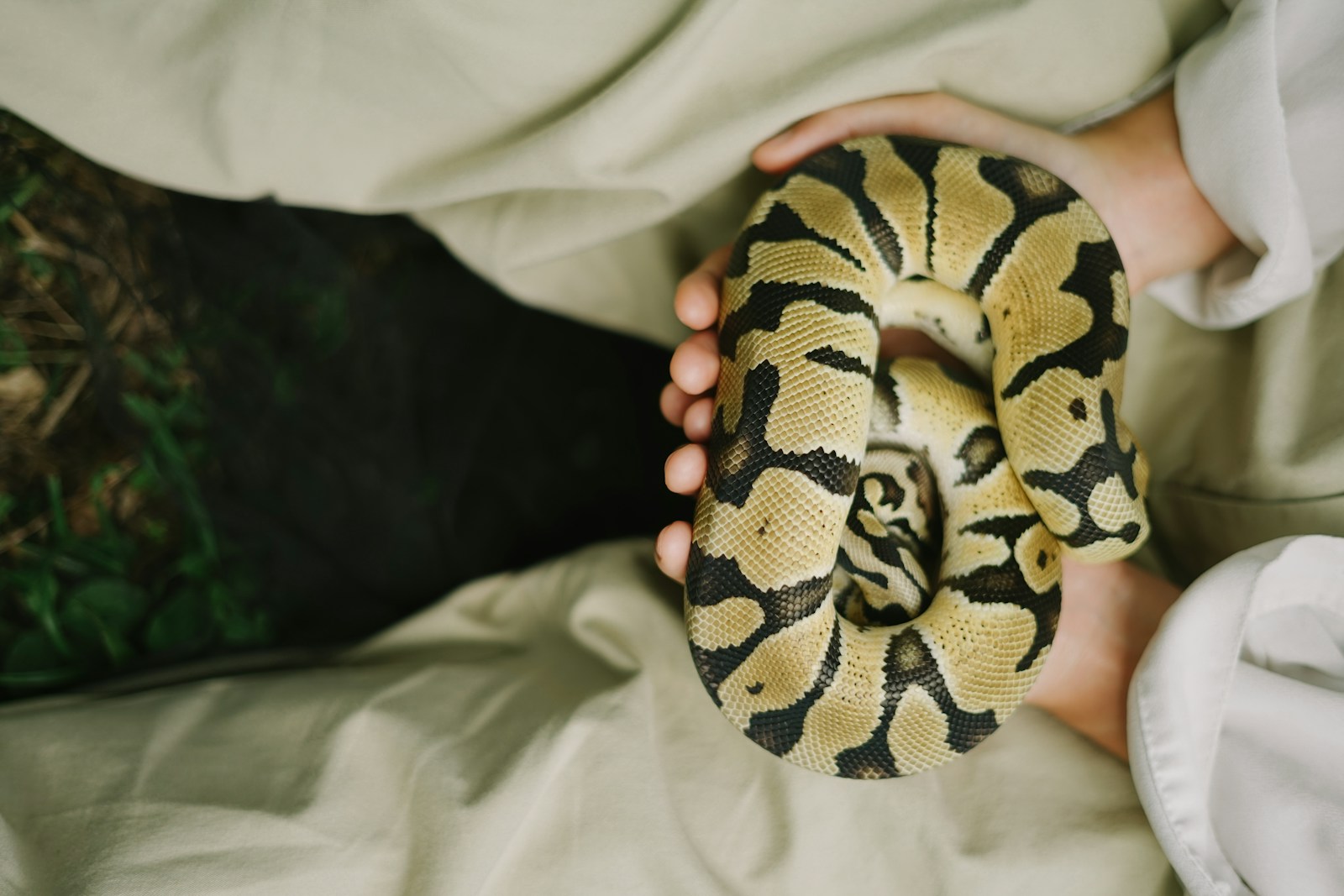
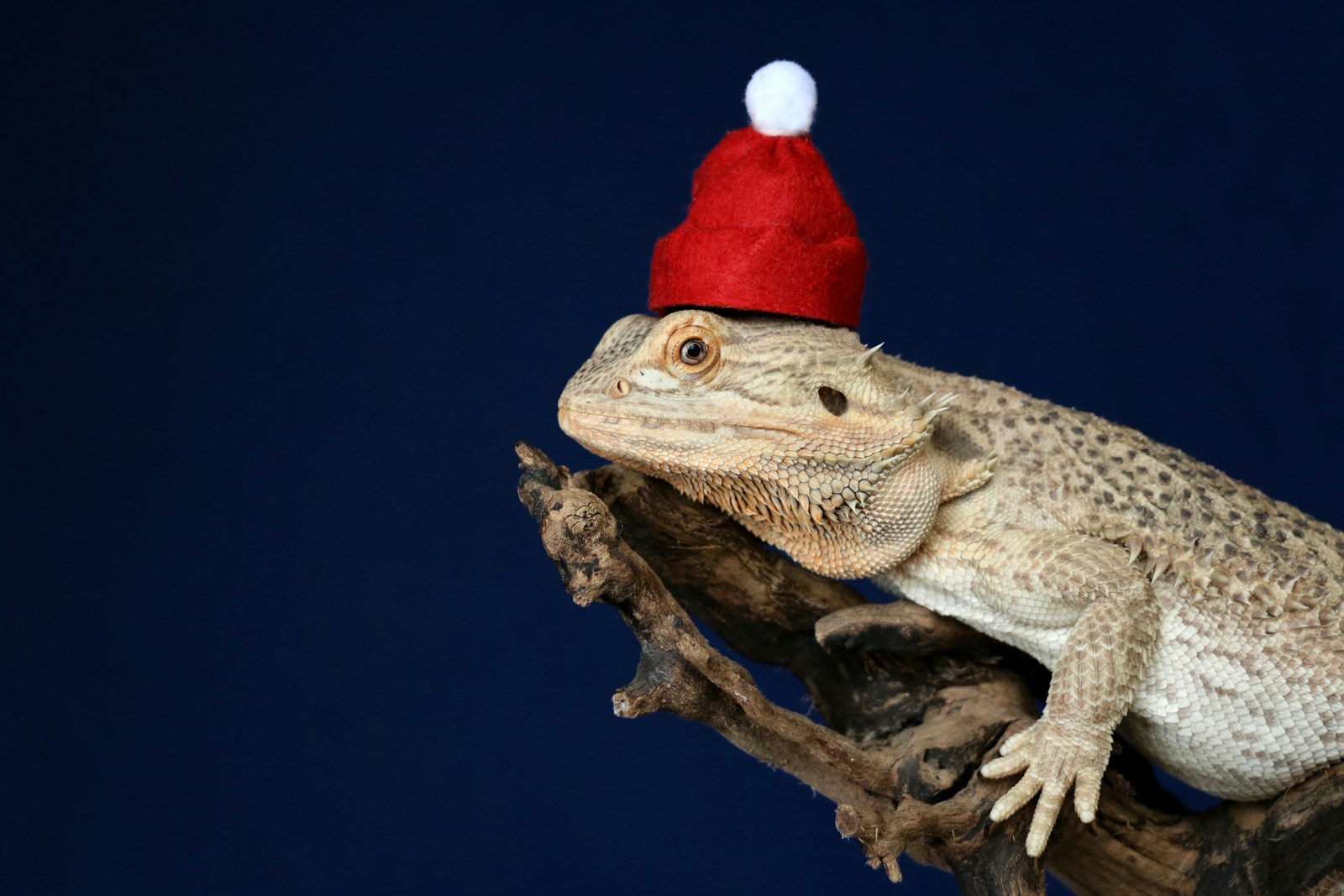
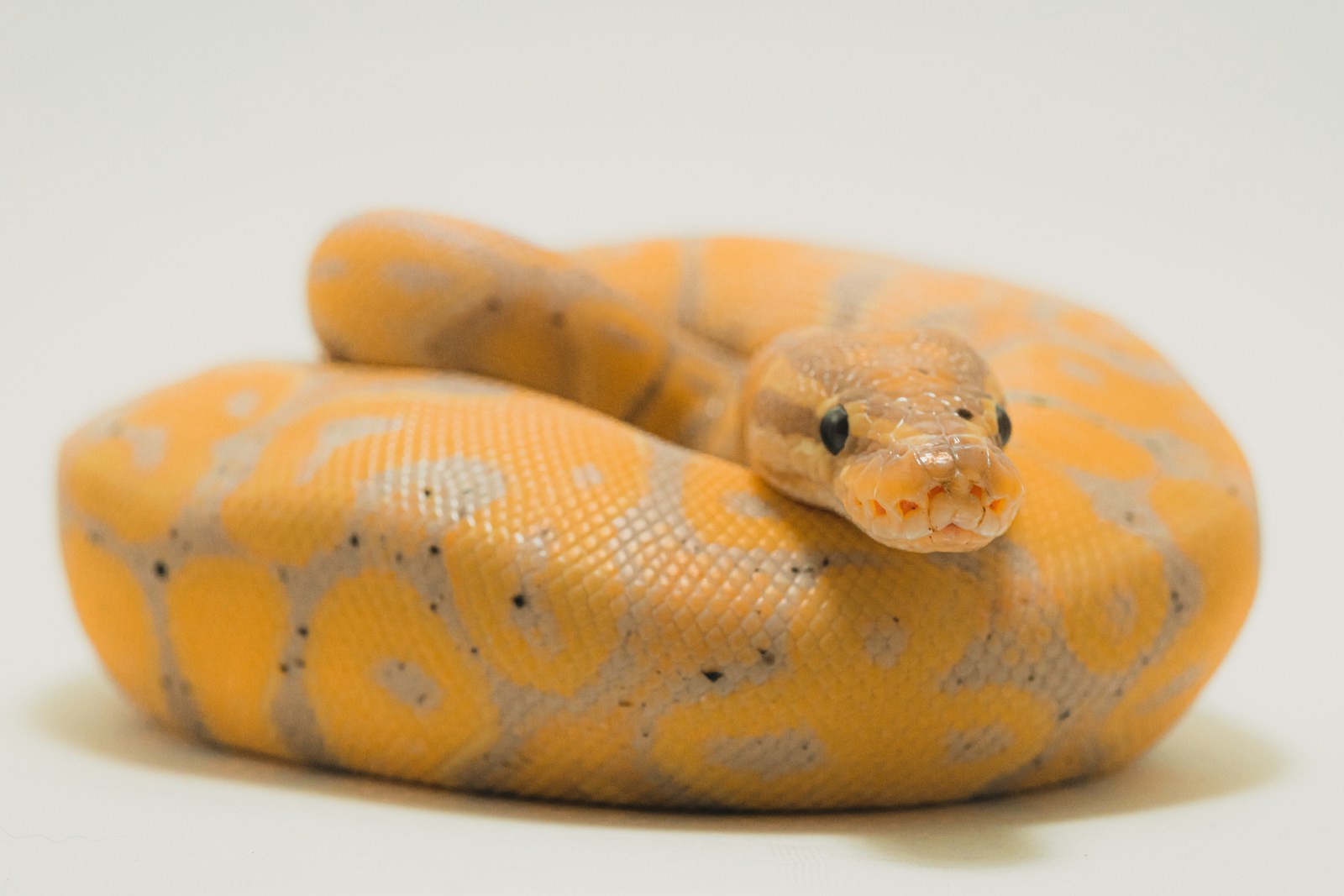
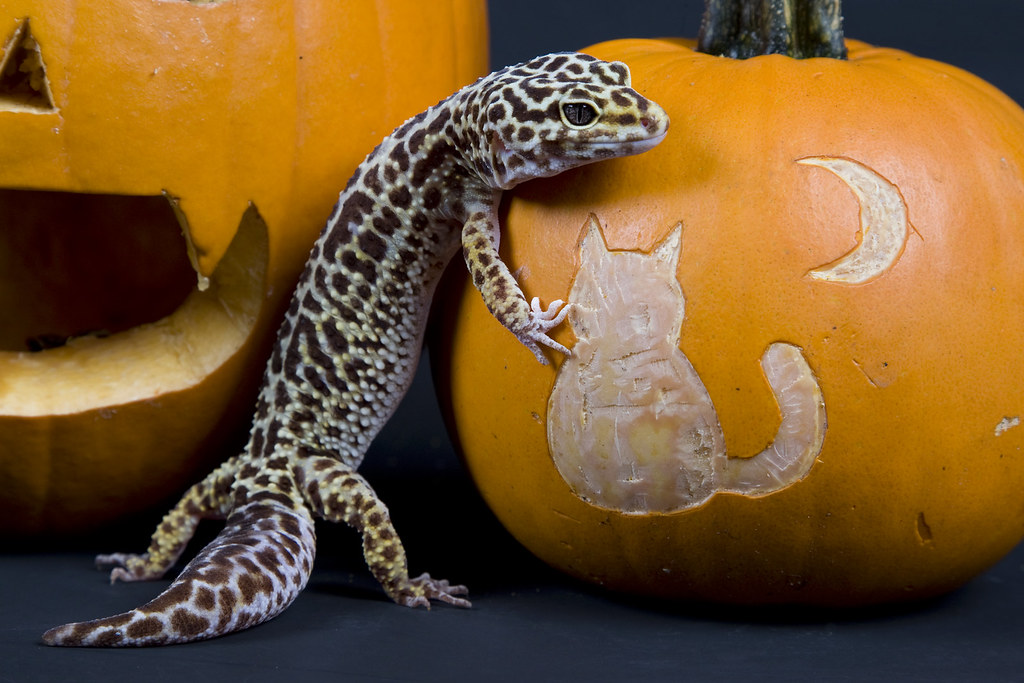
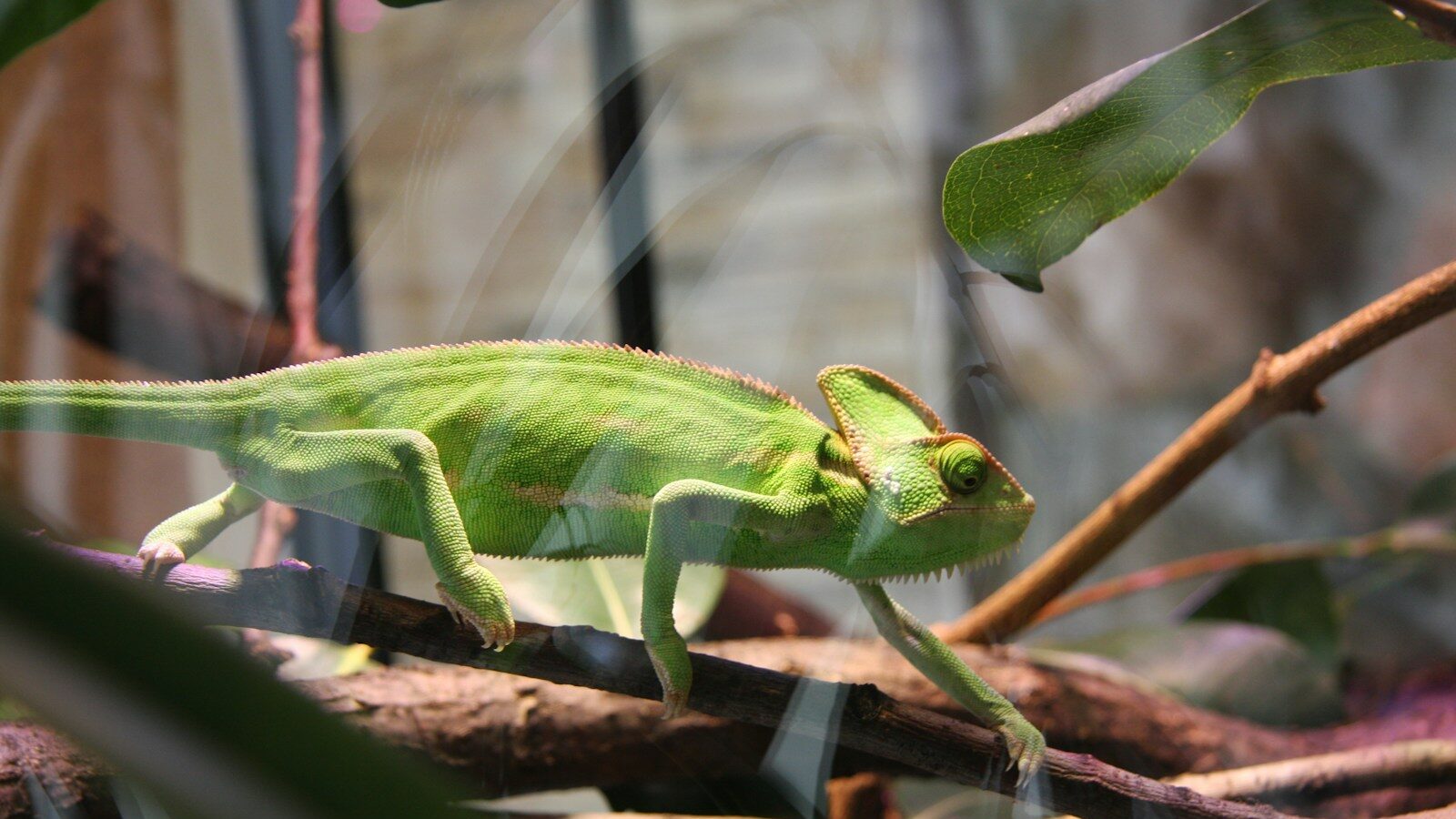


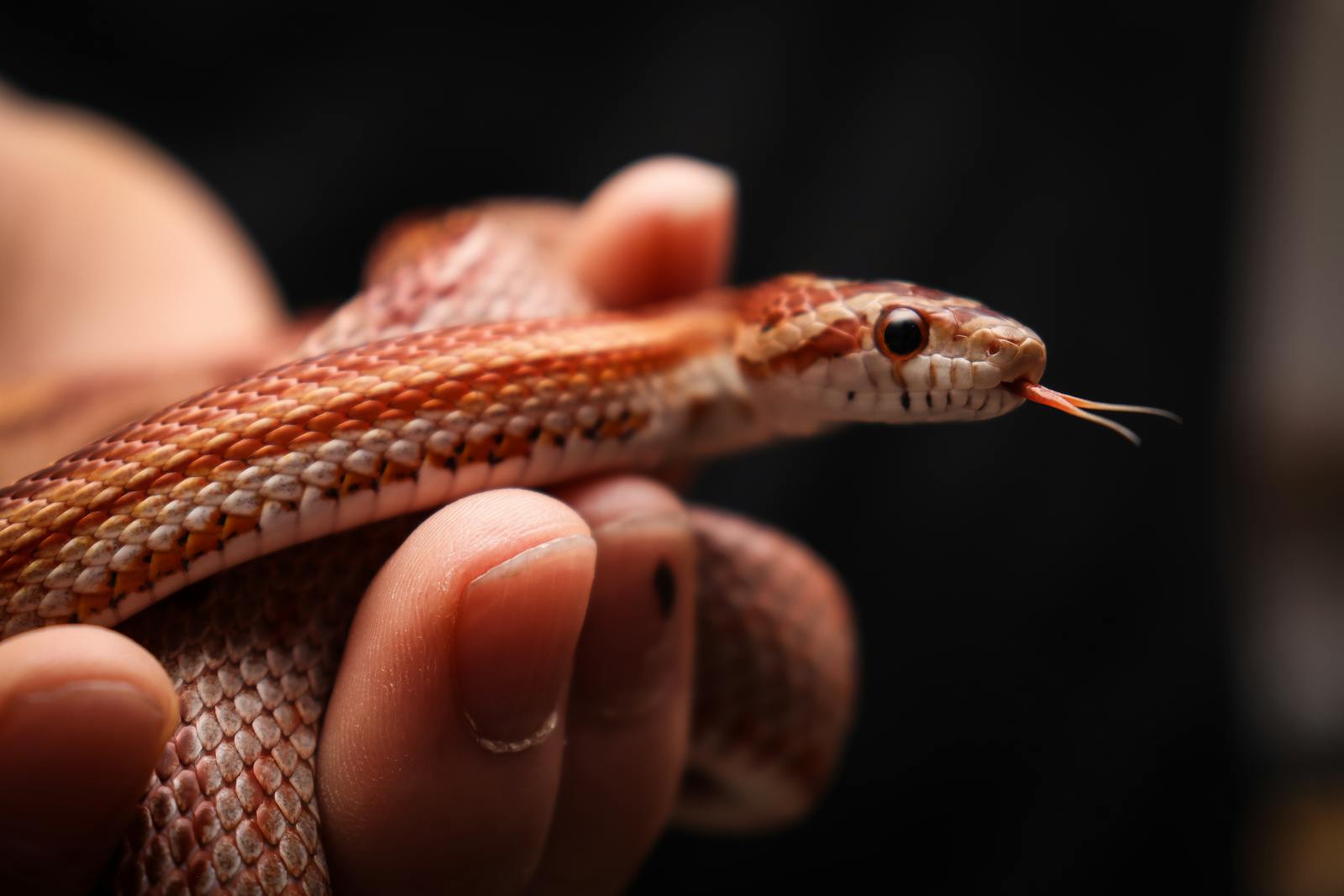
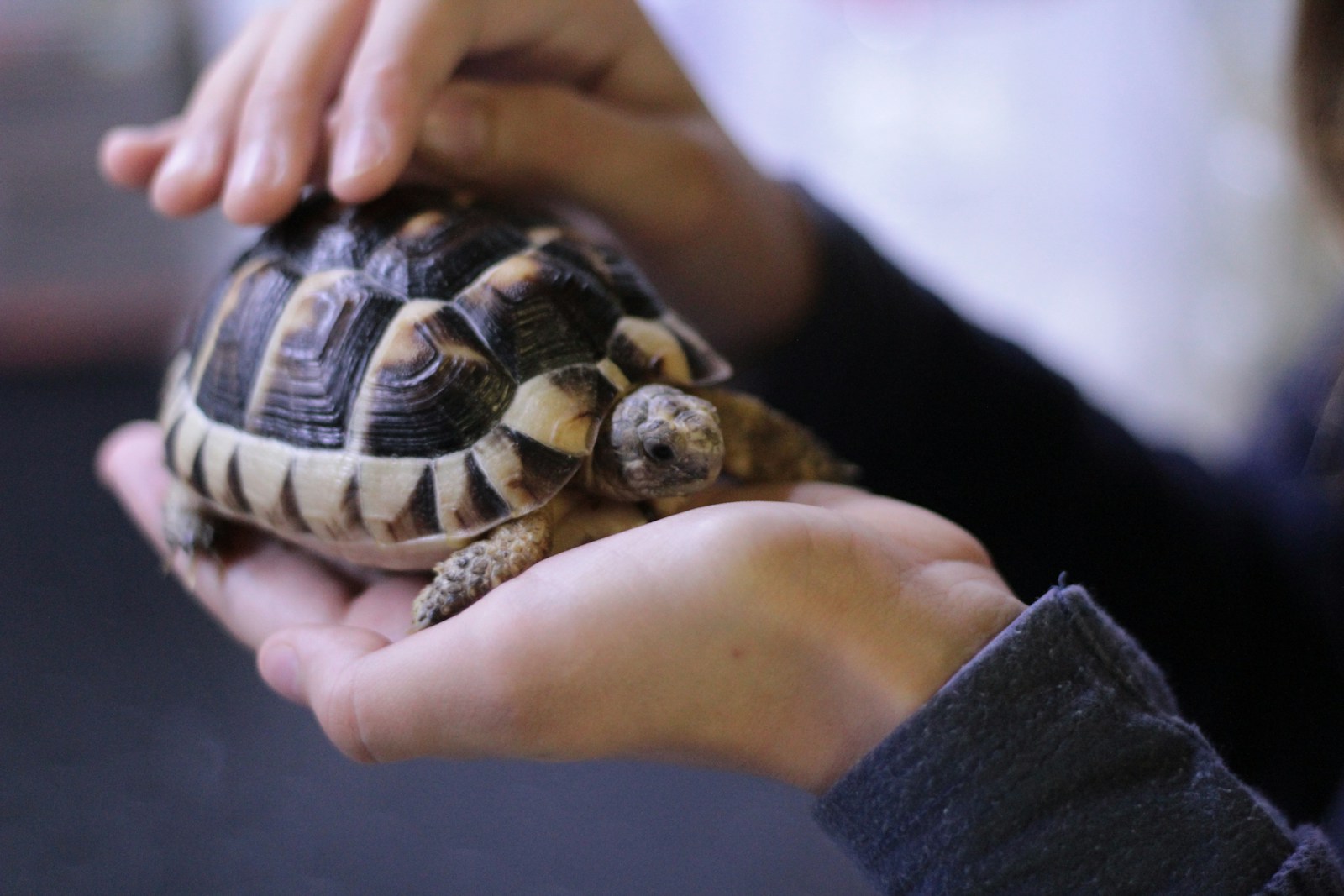

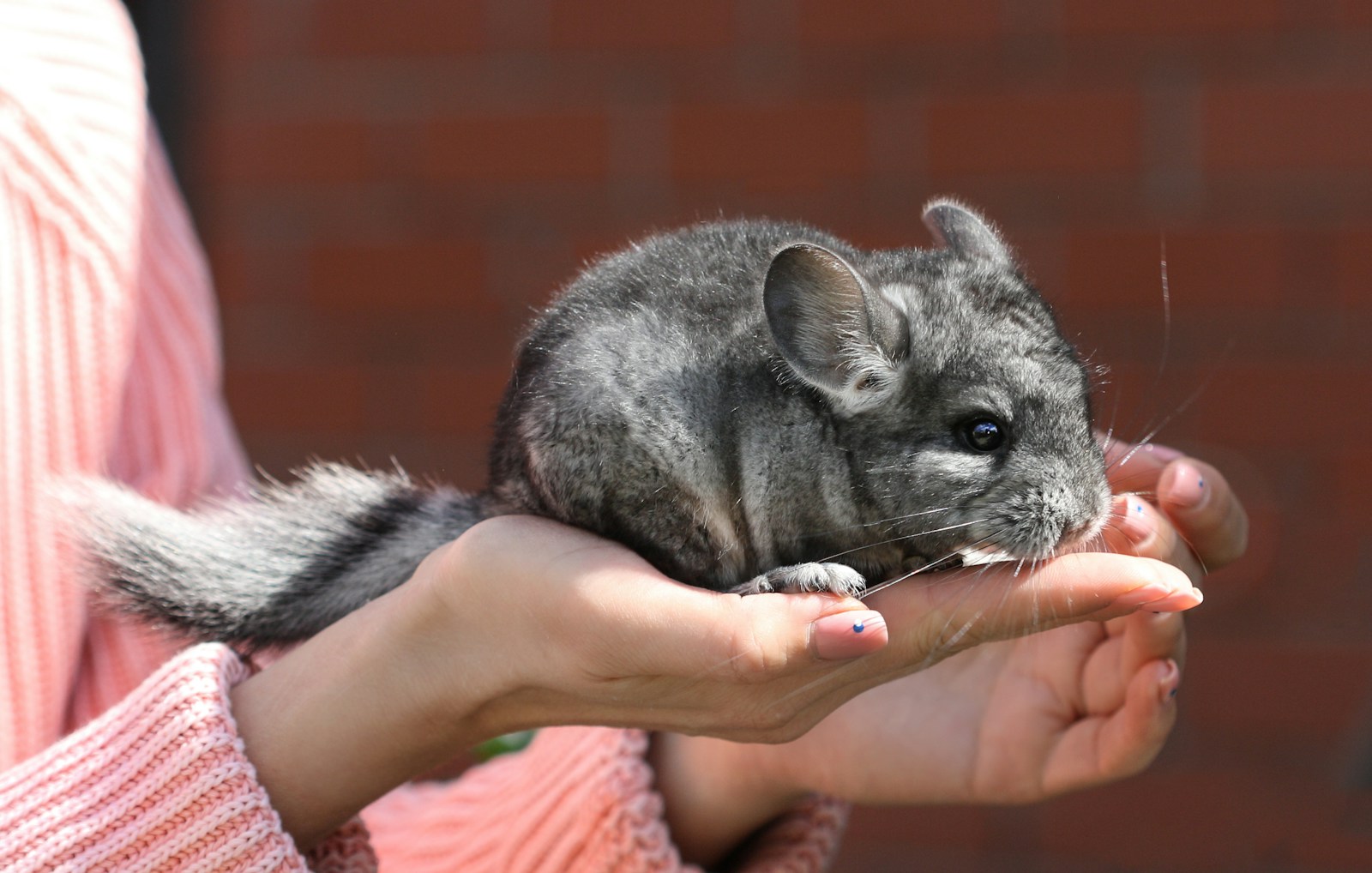
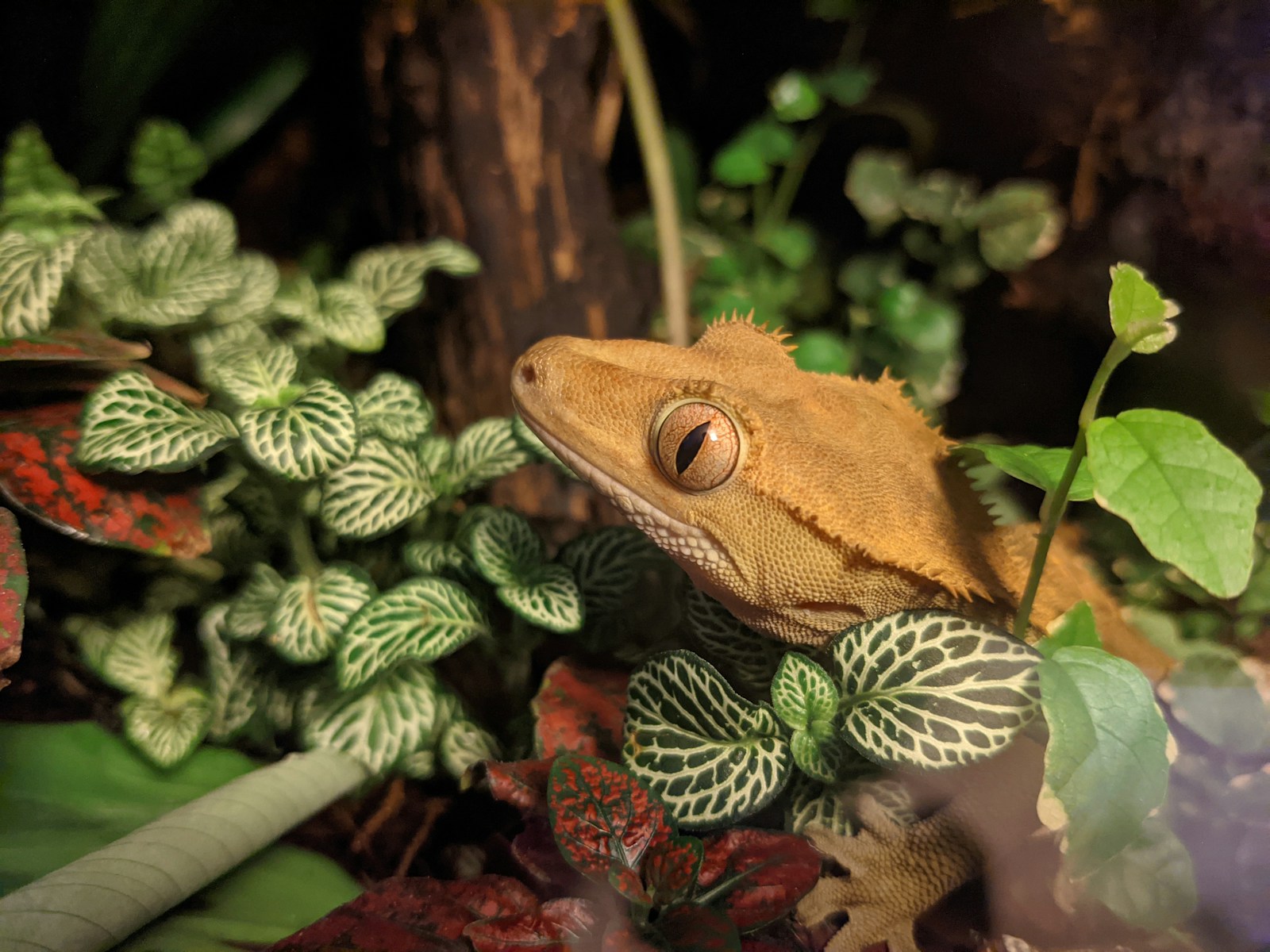

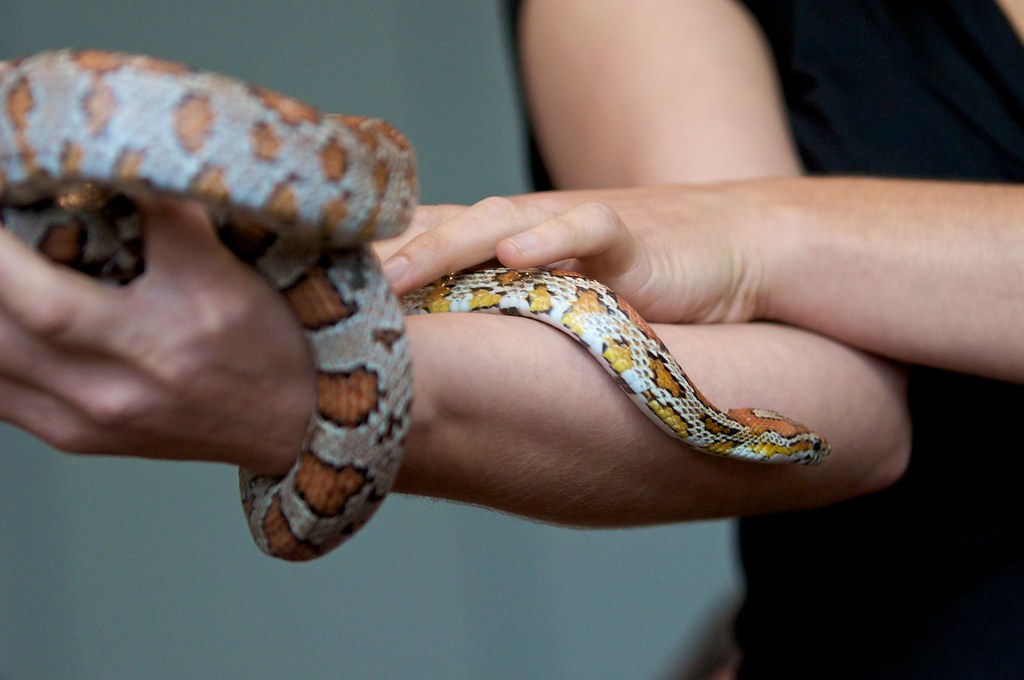
Leave a Reply